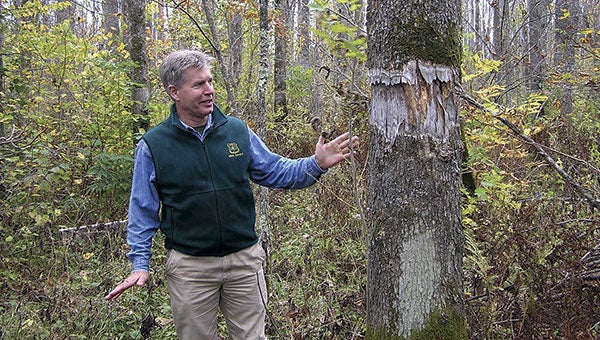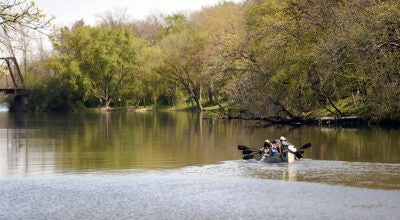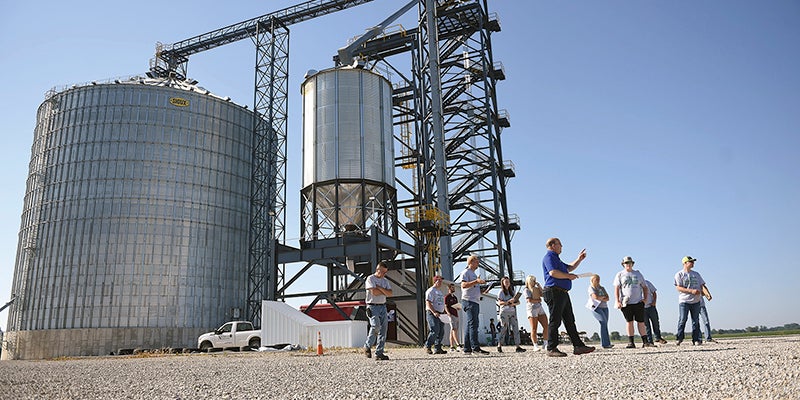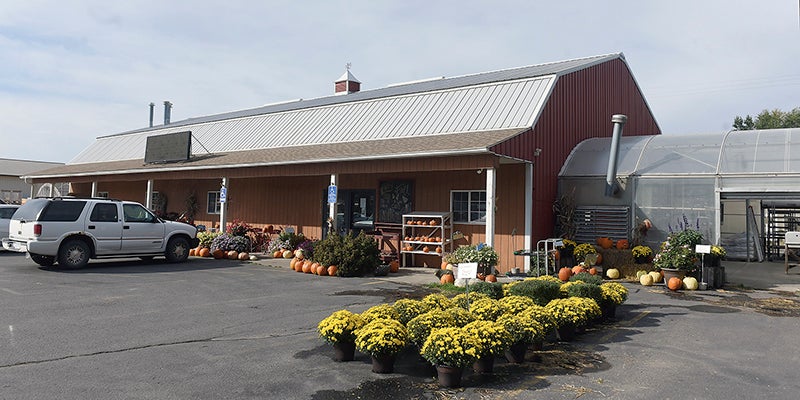In warmer climate, a bid to protect forests
Published 9:45 am Monday, March 9, 2015

U.S. Forest Service Researcher Brian Palik explained how a black ash tree on the Chippewa National Forest in north-central Minn. was “girdled” to simulate being killed by an emerald ash borer, on Oct. 2, 2014. Dan Kraker/MPR news
By Dan Kraker
mpr.org news, 90.1
On the Chippewa National Forest — Researchers from the U.S. Forest Service are trying to find ways to save northern Minnesota from the emerald ash borer, a tiny pest with a voracious appetite.
Since it was discovered in Michigan nearly 20 years ago, the emerald ash borer has killed millions of ash trees across the Midwest and Canada.
In Minnesota, infestations have been found in the Twin Cities and in the state’s southeastern corner. In northern Minnesota, where there are more than one million acres of black ash forest containing nearly a billion trees, researchers say the threat is made worse by a changing climate.
Research suggests the pest is only kept at bay when temperatures dive 30 below zero.
“We’re likely to have less and less winters reaching that extreme cold temperature,” U.S. Forest Service researcher Brian Palik said. “So most likely, [emerald ash borer] populations will be enhanced with climate change. So you have a double whammy.”
Last fall, Palik trekked about 40 miles northwest of Grand Rapids to the heart of Minnesota’s black ash forest, in the Chippewa National Forest, where the trees are about 100 feet tall and nearly a century old. Their roots spread out above the ground, reaching deep into the earth.
It was one of the few times of the year when the forest is dry. Black ash trees are amazing water pumps and when they sprout leaves in the spring, their roots suck water out of the ground.
Palik and his colleagues at the forest service’s Northern Research Station in Grand Rapids want to know what will happen when emerald ash borer arrives.




